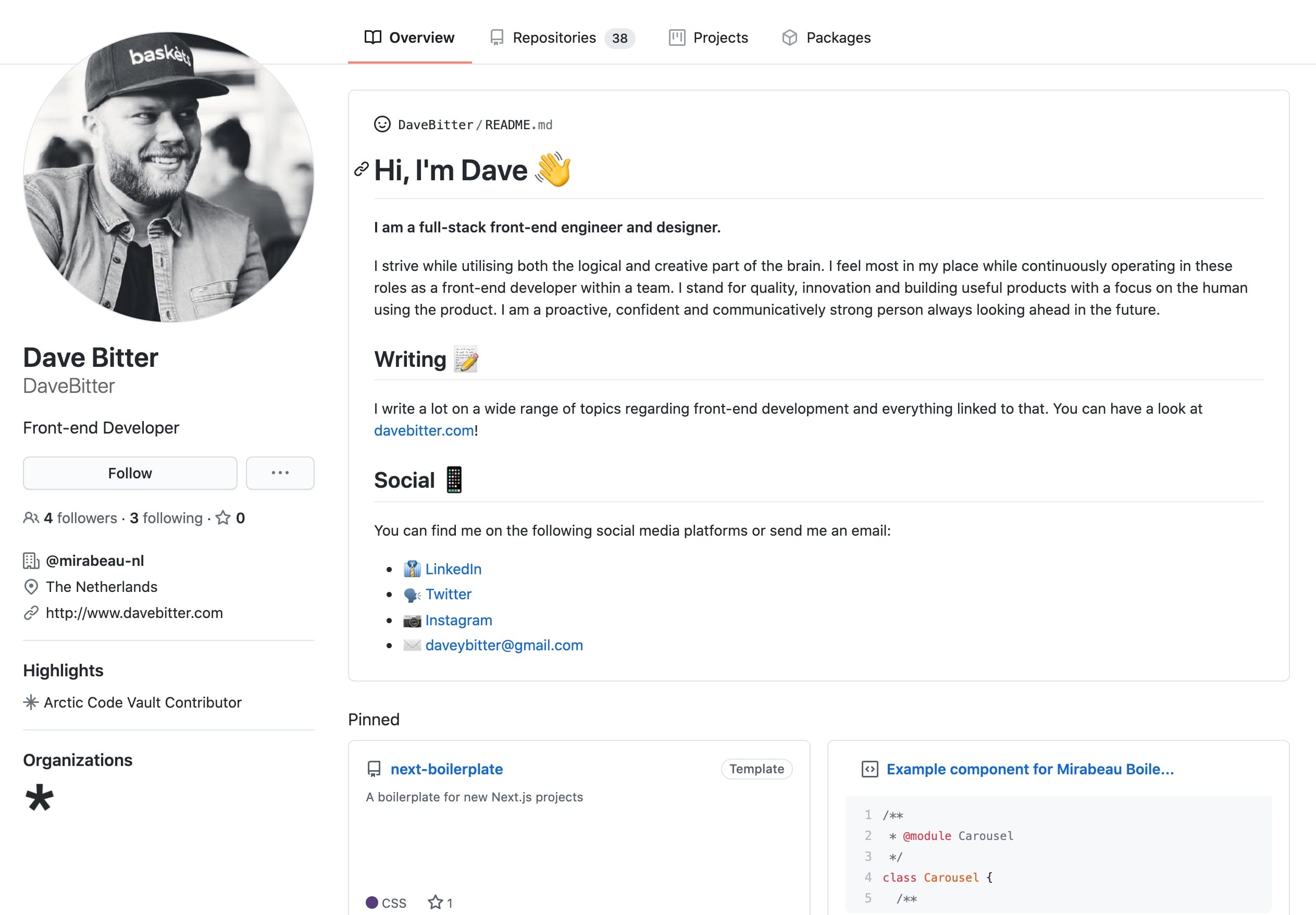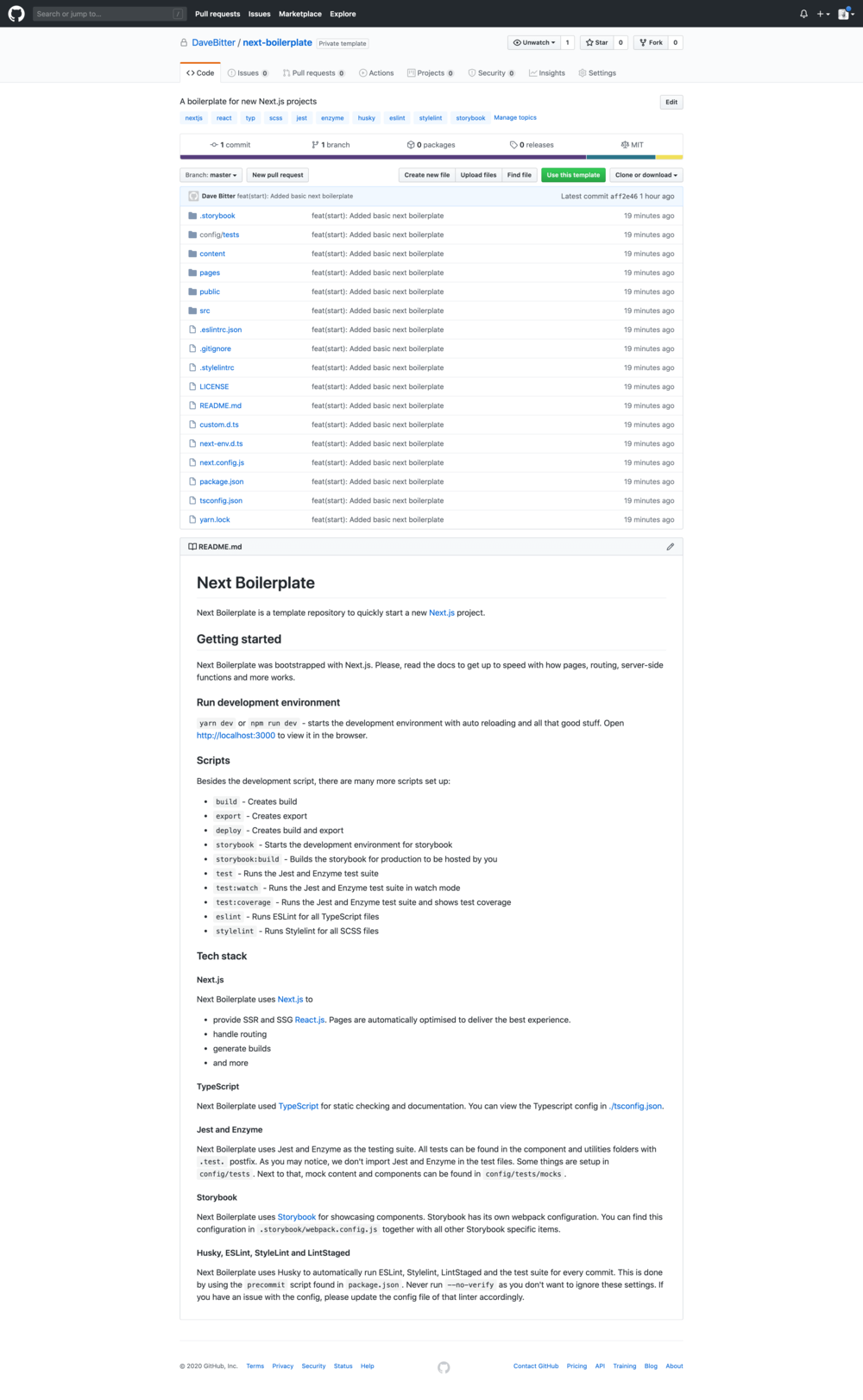A real-world use case
For one of the Next.js projects I was working on, I needed to add an asset prefix to the configuration if the Node environment wasn't "development". The first thing you might think of is to create a configuration object, write an if-statement and add a key to the configuration object if the statement is true. This would look something like this:
require('dotenv').config();
const nextConfig = {
poweredByHeader: false
};
if (process.env.NODE_ENV !== 'development' {
nextConfig.assetPrefix = 'example.website';
}
export default nextConfig
In essence, we want to export an object with a few keys, one of which is optional. This is quite a bit of lines to do just that. I needed to declare a variable called nextConfig to optionally add a key to and then export it. This got me wondering if there is an easier way.
The solution
The solution is quite elegant I think. This is what I came up with:
require('dotenv').config();
export default {
poweredByHeader: false,
...(process.env.NODE_ENV !== 'development' && { assetPrefix: 'example.website' }),
};
It might be a small decrease in lines of code, but imagine having multiple of these optional keys. In the first example, this would turn into quite a big file.
So Dave, why does this work? There are two parts to the solution. Firstly, I use the Spread syntax to take all the keys from an object and add to to the configuration object like so:
require('dotenv').config();
export default {
poweredByHeader: false,
...{ assetPrefix: 'example.website' }
};
// result: { poweredByHeader: false, assetPrefix: 'example.website' }
I then add the statement to check whether the Node environment is "development" using &&. If it is not, it will try the spread the value false in the object. That falsey value will be omitted from the configuration object. This way it will optionally add the key to the configuration object.
There we have it, We have a sweet one-liner to optionally add a key to an object. Thanks for reading!






